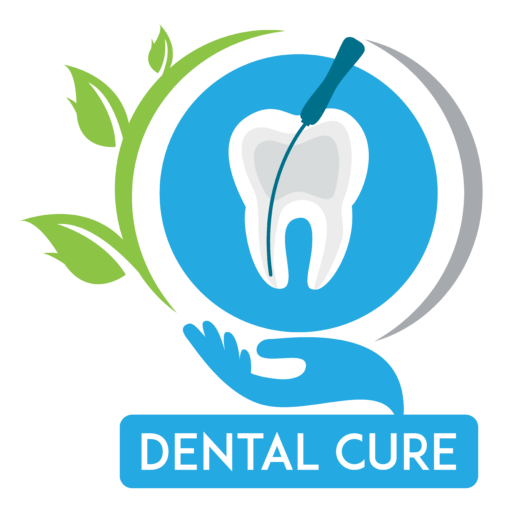Child Dental Exam & X-rays
The need for good oral health care in children can not be overstated, as it is intertwined with their overall health. Through frequent dental exams, we can prevent and detect diseases early and keep smiles beautiful and healthy.
Benefits of child dental exam
- Early Detection: Through routine check-ups, dentists can detect dental issues at an early stage, such as cavities, gum disease and crooked teeth.
- Prevention: Dental check-ups significantly prevent dental problems by recognising predisposes and offering preventive implements such as fluoride application and sealants.
- Education: Dentists utilise dental check-ups to educate the young and the parents on correct oral health practices, diet, and the regularity with which dental care should be done.
- Establishing Habits: Regular dental checkups teach children to develop good oral hygiene and build favourable dental care attitudes from childhood.
How early should a dental check-up be scheduled for a child
- First Dental Visit: The American Academy of Pediatric Dentistry suggest that a child’s first dental visit should be arranged between his or her first birthday and the time his/her first tooth erupts.
- Regular Check-ups: After the first session, the kids should have routine dental check-ups not less often than every six months unless a dentist indicates otherwise.
- Symptoms or Concerns: If the child hardly eats any food or suffers pain because the teeth are sensitive or have some dental problems, he/she needs to see a dentist.
Pediatric Dental X-Rays: A Great Diagnostic Tool
- Early Detection: This gives the dentist a chance to look for dental problems that are not visually prominent and may not be noticed during a basic visual examination, such as cavities between teeth, impacted teeth, and any abnormalities in the normal development of the teeth.
- Treatment Planning: X-rays provide a lot of detail, which is used for making various treatment plans, such as orthodontic treatment, tooth extractions, and other restoration procedures.
- Monitoring Growth: X-rays play a significant role in dental monitoring by tracking the growth rate and the development of the teeth and jawbone. The findings also help dentists to act on the possible issues early to avoid treatment of the referred cases as they come.
- Assessment of Oral Health: X-rays are similarly helping dentists comprehend a kid’s oral health problems that need to be cured and check for further changes over time.
Types of dental x-rays for children
Several types of dental X-rays may be used during a child’s dental exam, including:
- Bitewing X-rays: This x-ray gives images from the top and bottom of the back teeth so that dentists may recognise the cavities between the teeth and also determine the condition of the roots of the teeth.
- Periapical X-rays: X-rays (PA/XPs) are used to get better images of individual teeth, including the tooth root and the bone around it. Dentists use them for their ability to diagnose dental abscesses, impacted teeth and other abnormalities.
Safety measures while taking dental X-rays in children
- Lead Aprons and Thyroid Collars: As a precaution, children are protected from radiation exposure by putting them in lead aprons and thyroid collars.
- Digital X-rays: Digital X-rays lessen radiation dose and provide instant images that doctors can readily assess and diagnose.
Things to keep in mind when your child has to go for a dental x-ray
- Preparation: Before the examination, the child will be asked to remove all the jewellery, eyeglasses, or other metallic objects that could obstruct the image.
- Positioning: A dental assistant or a technician is responsible for positioning the child correctly to get clear images.
- Minimal Discomfort: Dental X-rays are painless and non-invasive, as children are only supposed to hold still. However, some children may fidget, which will cause them to feel the X-ray sensor in their mouth.
- Quick Procedure: The X-ray procedure usually takes several minutes, depending on the type of X-ray one must take.
- Immediate Results: Digital X-rays can give the dentist a quick look at the images to make a prompt diagnosis and treatment plan as soon as possible. Digital X-rays can be viewed right away by the dentist, which means that the dentist can come up with a diagnosis and treatment plan immediately after the X-rays have been taken.
Post-Exam Recommendations and Follow-up
- Schedule Follow-up Appointments: Schedule any recommended follow-up appointments for preventive care, treatment, or further dental services.
- Maintain Oral Hygiene: Motivate children to have oral cleanliness habits like brushing twice daily, flossing, and mouth rinsing using fluoride.
- Healthy Diet: Healthy dietary choices, which include fruits, vegetables, grains, and low-fat dairy, are one of the ingredients to improving overall oral health. It would also help prevent dental problems.
